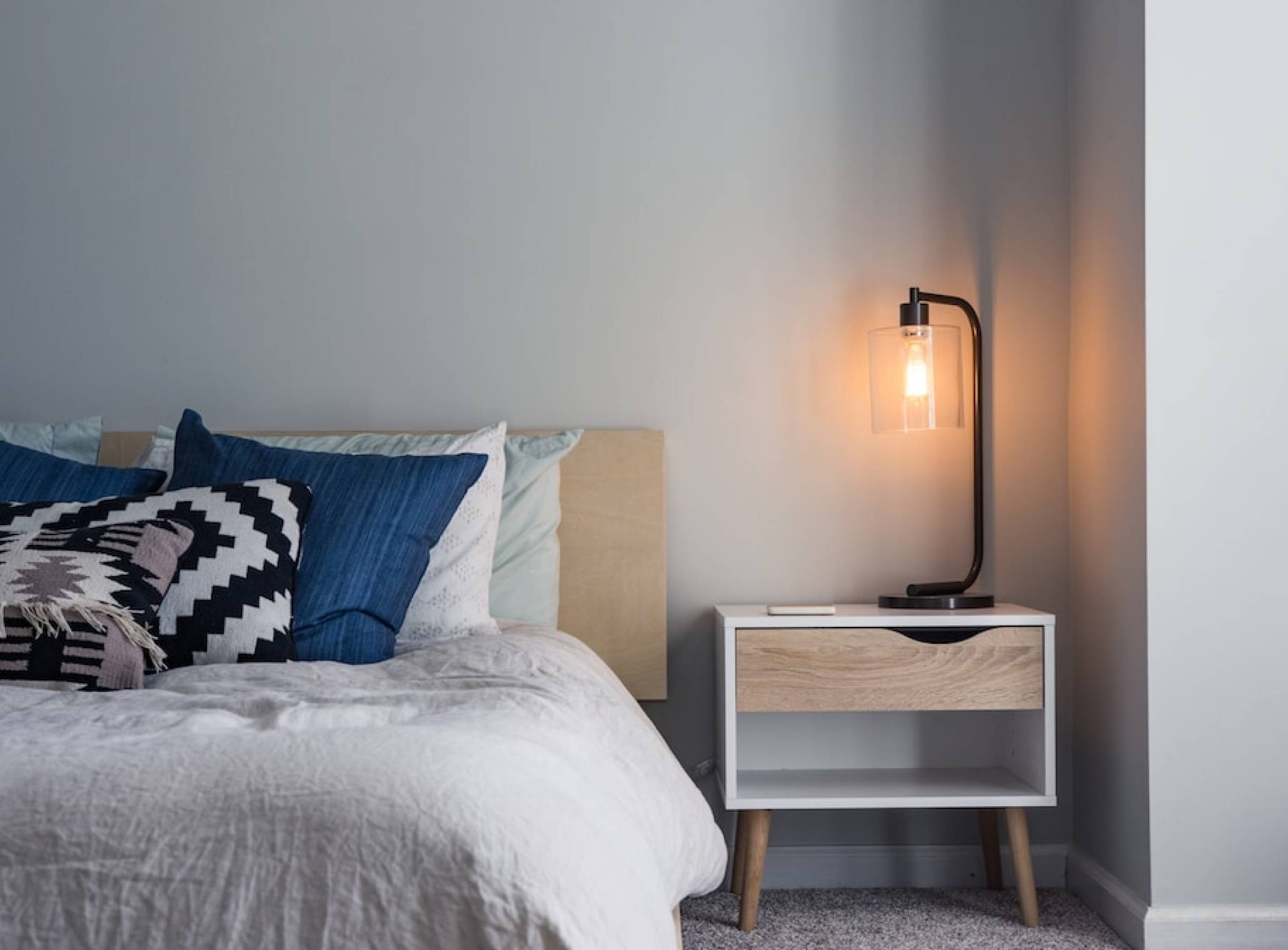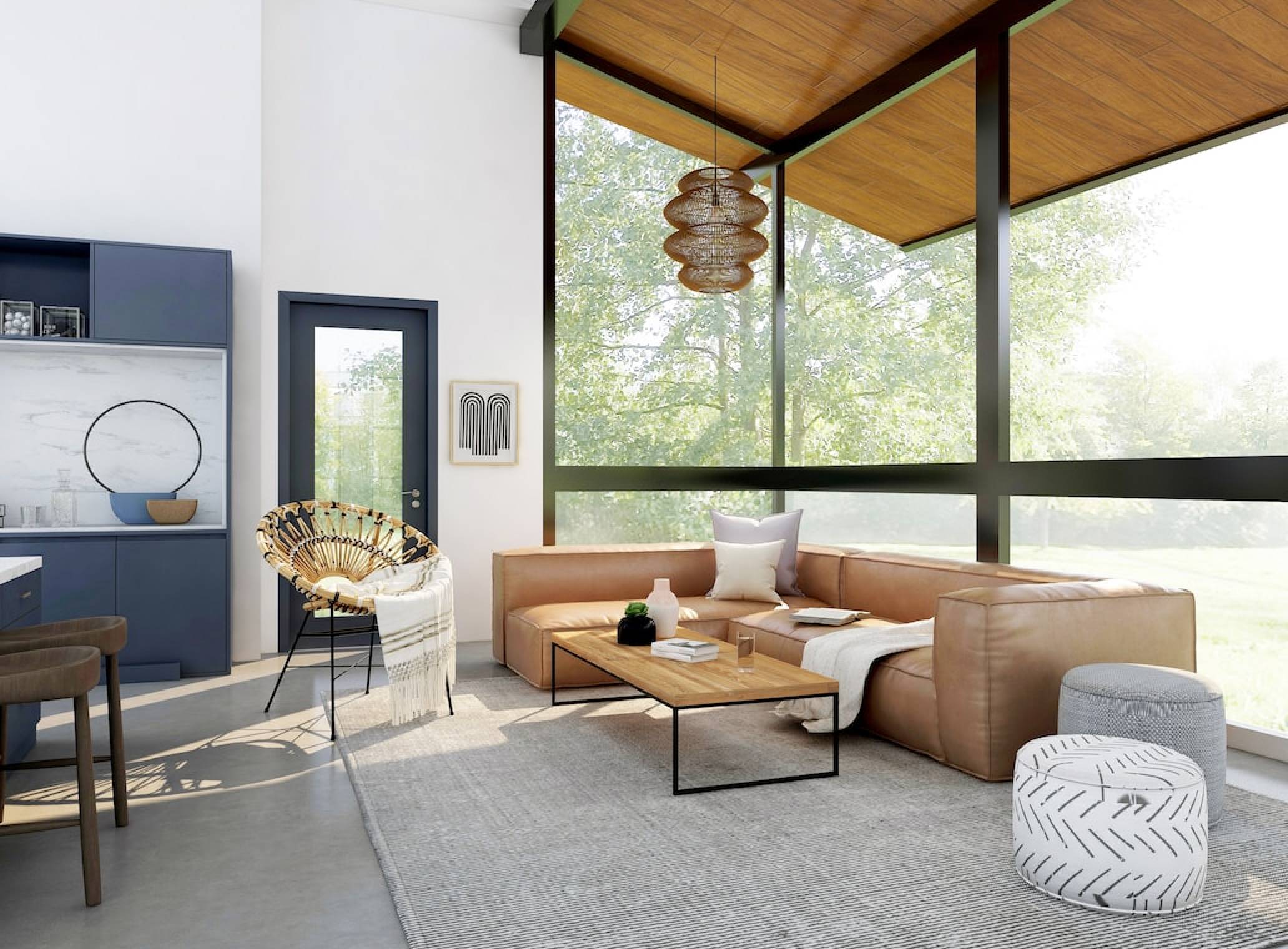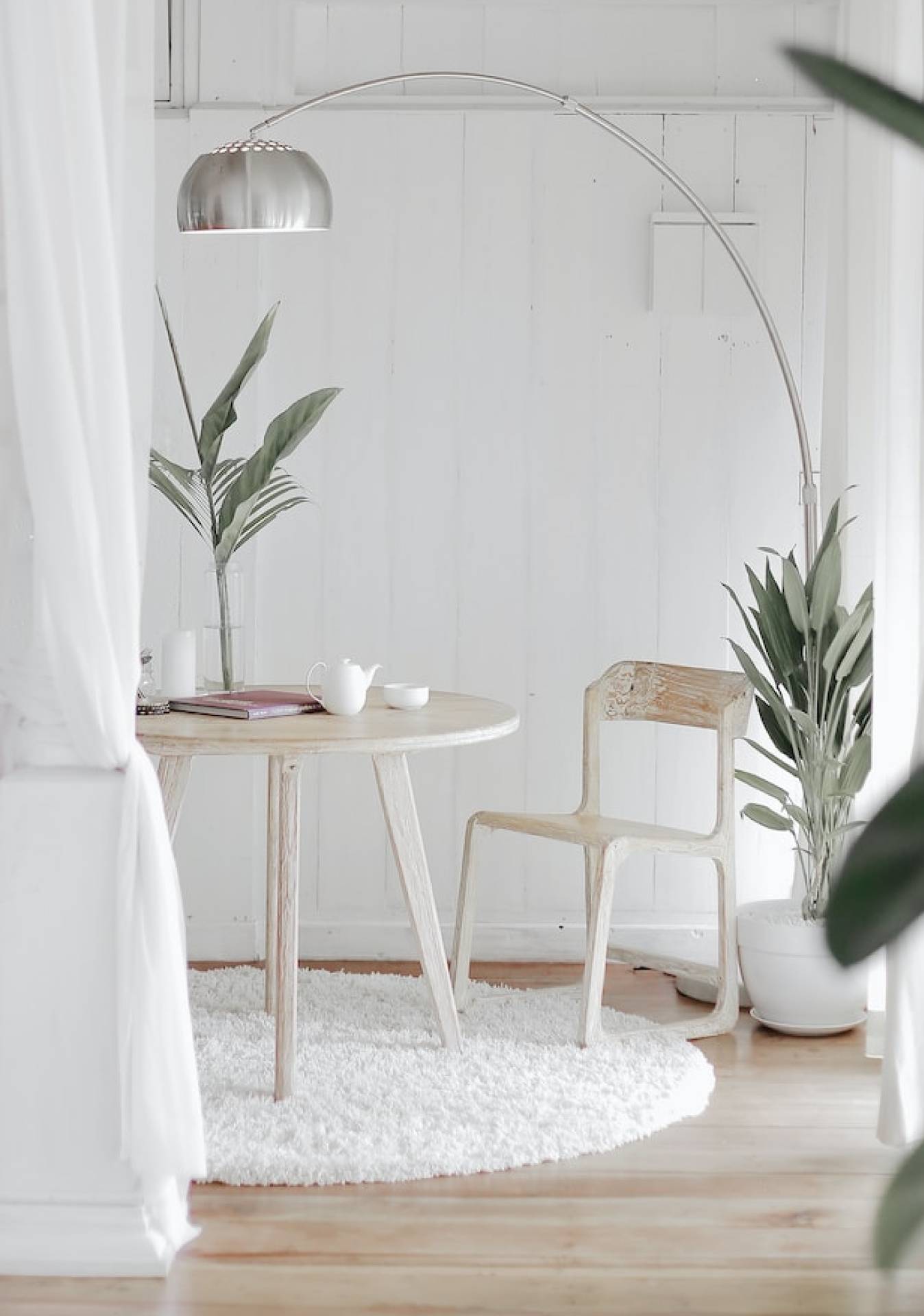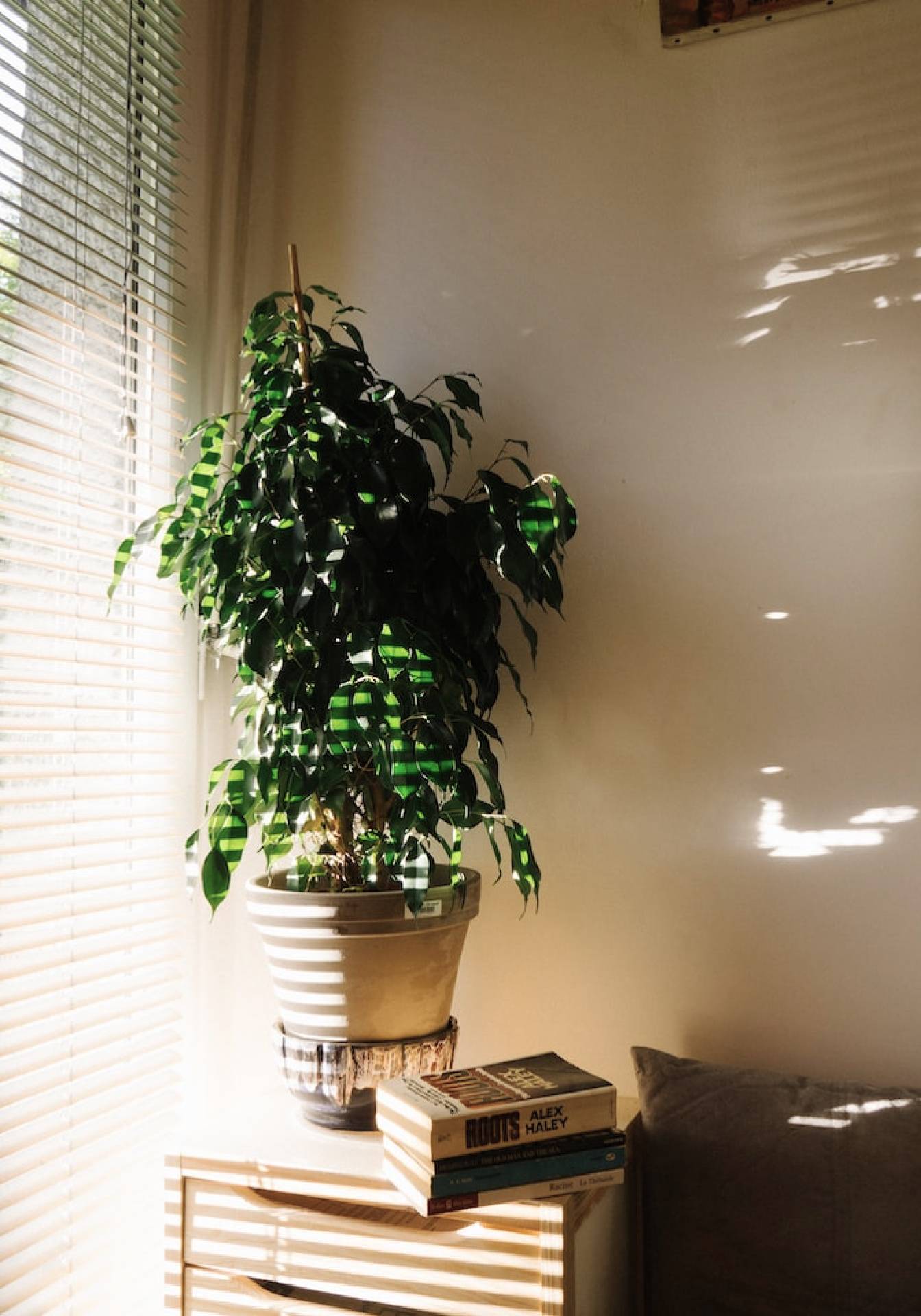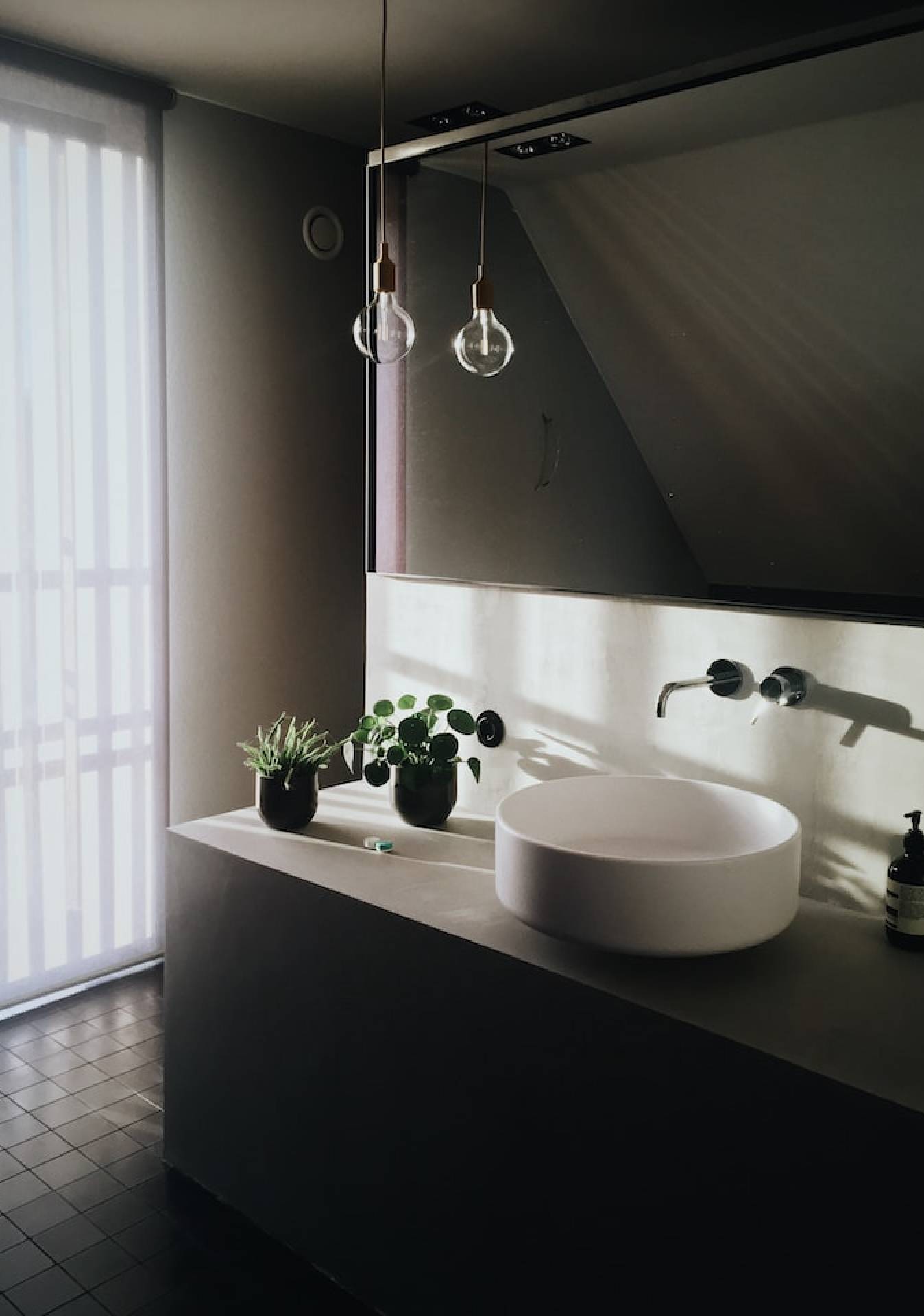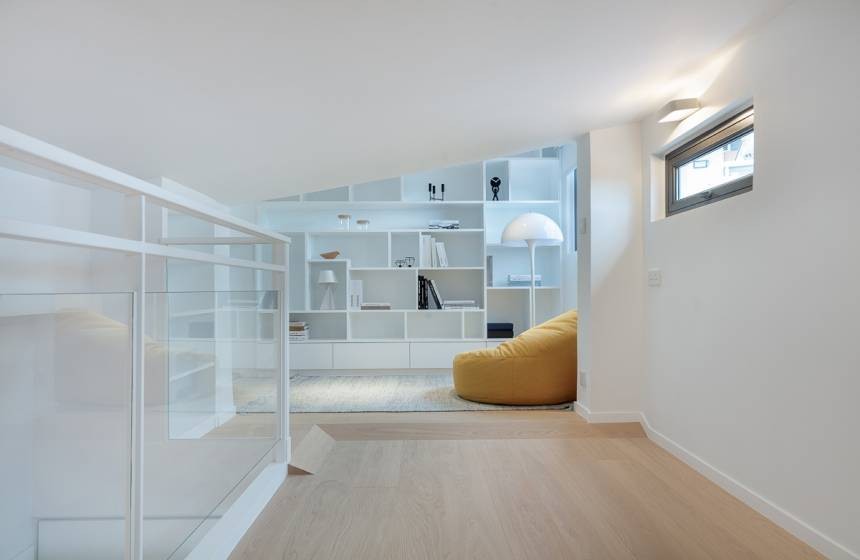Quick and easy ways to save power at home
Do good by your wallet and the environment by adopting these energy-saving habits for the home. And don’t worry: you don’t have to sacrifice style to save money and go green. In fact, some of the tips below will even liven and brighten spaces in the home.
Lighting
Switch off lights when you’re not using them, use natural daylight and dimmers when possible, use non-opaque, light-coloured lamp shades, and keep fixtures and lamps clean to ensure top-notch efficiency. When designing a new space, carefully consider the placement of lights to cover the areas light is most needed.
Lighting comprises a huge 15–20% of electricity costs in the home, and you can save up to 75% of that energy simply by switching out incandescent bulbs for more environmentally friendly options, such as compact fluorescent bulbs (CFLs) or light emitting diode (LED) lamps (which also last longer, saving you money).
Throw rugs
Hardwood, tile or concrete flooring are greener options than carpet (which isn’t usually recyclable and can collect dust and chemicals), but how to keep your toes warm in the winter? Throw rugs, either cotton or wool as both are biodegradable, will combat the cold while bringing colour and texture to a room.
Windows and skylights
Energy-efficient windows and skylights cut out UV rays, keeping your carpet from fading and making it cheaper and easier to keep your home comfortable.
Wrap up warm
Snuggle up in warm and cuddly blankets during the winter rather than reaching for the thermostat. To avoid storage woes, invest in blankets that suit your existing décor and keep them artfully placed on the couch.
Air conditioner
Air conditioners require large amounts of energy, so whatever you can do to reduce usage is worthwhile. Simple tactics include keeping windows and doors closed while the air conditioner is running, preventing leakage of cool air by using weather strips, and regularly cleaning and replacing filters.
Save water
Opt for the shower over a bath (and save about 50% in heating costs) and only use hot water when necessary – heating water can account for up to 20% of home energy consumption. Set the water temperature of the water heater to the lowest acceptable level, especially in summer, and remember to switch the water heater off when you’re not using it (or install a timer control to switch it off)


